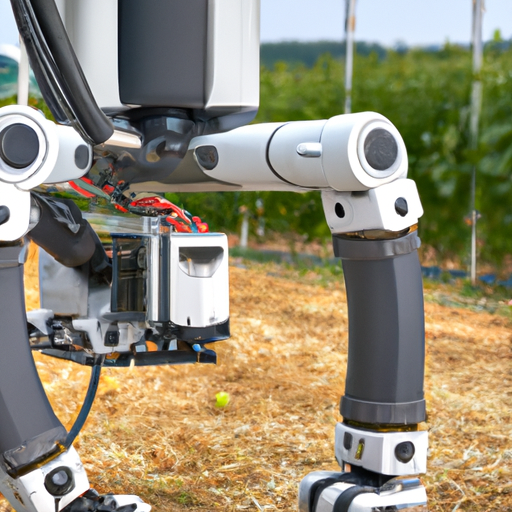As technology continues to evolve, Virtual Reality (VR) has emerged as a game-changer in the entertainment sector, particularly within the gaming industry. With its unprecedented ability to transport players into immersive worlds, VR gaming is not just a trend, but a significant leap towards the future of entertainment.
What is Virtual Reality?
Virtual Reality refers to the use of computer technology to create a simulated environment. Unlike traditional games that rely on screens, VR allows players to interact with 3D environments in an intuitive way, adding a new dimension to gameplay.
Impact of VR on the Gaming Industry
The impact of VR gaming on the entertainment industry is profound. Here are a few ways it is revolutionizing the gaming world:
- Immersive Experiences: VR offers a level of immersion that traditional gaming cannot match. Players can physically move around, explore, and interact with their surroundings, leading to a richer gaming experience.
- Enhanced Storytelling: Game developers are leveraging VR to create more engaging and narrative-driven experiences. Players can step inside the story and influence the outcome, making them a part of the adventure.
- Social Interaction: Virtual reality creates opportunities for social gaming experiences. Players can team up with friends or meet new players in a shared virtual space, fostering community in ways that non-VR games may not achieve.
Challenges Ahead
Despite the many advantages, the VR gaming industry faces several challenges. High costs of VR equipment, the risk of motion sickness for some users, and a relatively small library of available games can hinder widespread adoption. Developers must continue to innovate and address these issues to keep pushing the boundaries of what’s possible with VR.
The Road Ahead
As VR technology advances, we can expect more captivating and lifelike experiences. With big players in the tech industry investing heavily in VR, the future looks promising. Imagine the possibilities of immersive experiences that could redefine how we view and interact with entertainment.
Conclusion
Virtual Reality is not just changing gaming; it is redefining the very essence of what it means to play. As we look ahead, it’s clear that the integration of VR within the gaming industry will continue to evolve, offering players experiences that were once only imaginable.
Stay tuned as we continue to explore the exciting developments in Virtual Reality and much more!













